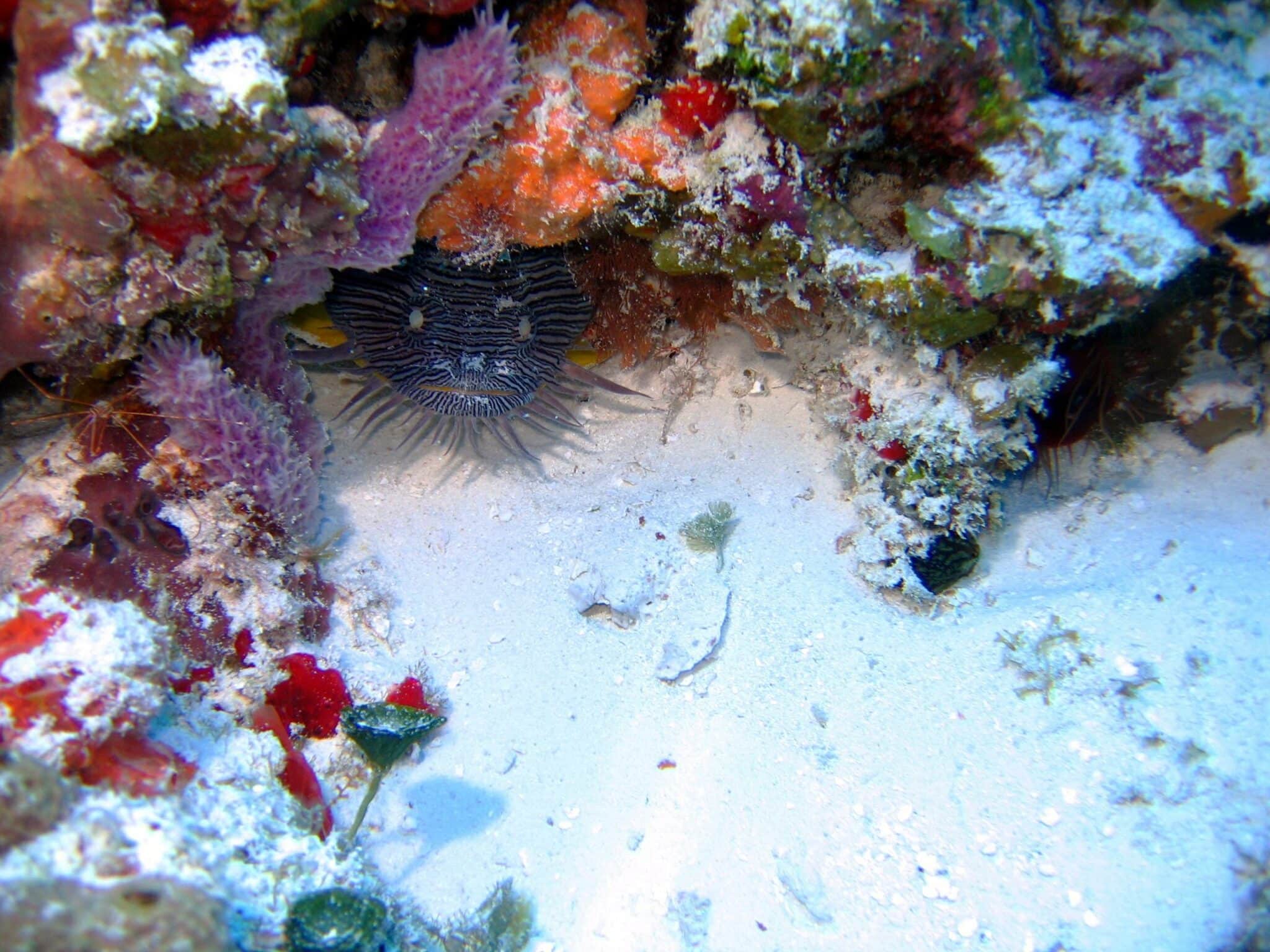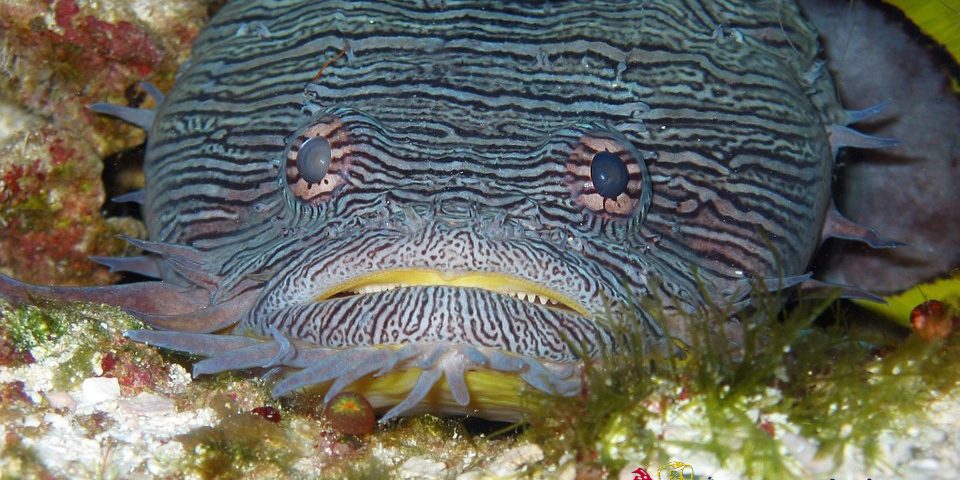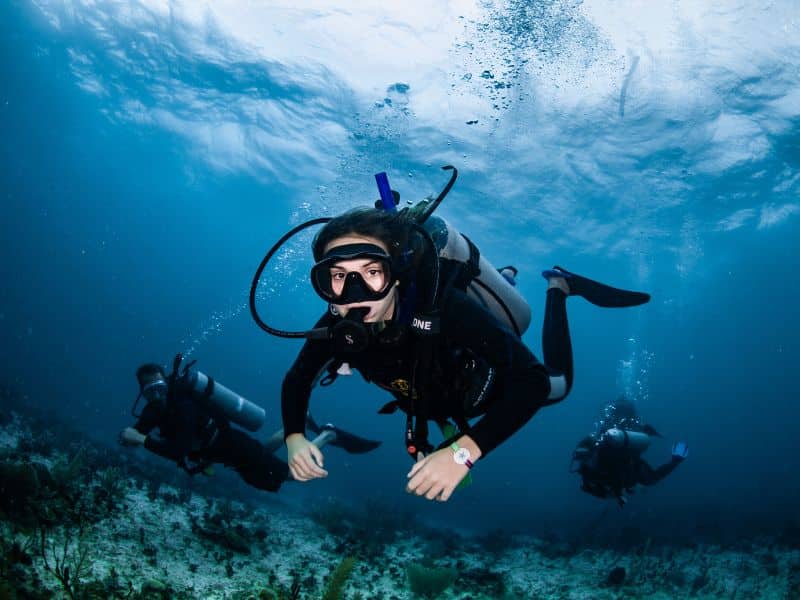Cozumel Splendid Toadfish
Cozumel (Mexico) is one of the favorite places to dive for many scuba divers Worldwide. The reason is the big quantity of marine animals that you can find on this beautiful Caribbean island. Diving on Cozumel’s coral reefs is always a fantastic experience for beginners in scuba diving, as well as for the experienced ones.
In Cozumel it is very common to dive among exotic species such as giant anemones, nurse sharks, green morays, foureye butterfly fish, barracudas, starfish, blue angelfish, or the famous Loggerhead sea turtles. We don’t have to forget the gorgeous fire coral, which we really recommend you to look at and enjoy, but don’t touch…
The Amazing Cozumel Splendid Toadfish
But, if there is one animal that stands out among the fauna and flora in Cozumel, it is the splendid toadfish. It’s important to clarify that this endemic animal from Cozumel is not a common toadfish, which you can find on the sand and mud bottoms of coastal waters worldwide. This kind of toadfish have a broad head, their skin has only one color, and their body looks like a toad.
On the other hand, there is the Cozumel splendid toadfish or coral toadfish. This exotic species can only be seen on the beautiful Cozumel Island, as well as one reef in Belize. This fish can only be found under coral outcropping. They really like to be hidden there, and it is very difficult to catch them unaware to take a proper picture or video footage.


Differences between the Cozumel splendid toadfish and the common toadfish
Unlike the regular toadfish, the Cozumel splendid toadfish always has vibrant colors. They usually are patterned in purple, with dark and white stripes on their head. They have a total of eight yellow fins with distinctive patterning. The fins on their breast are the bigger ones, but they also have couple of fins on their dorsal and pelvic regions, as well as a caudal fin and an anal fin.
As you can see in the main picture, the Cozumel Splendid toadfish has small and sharp teeth inside their wide jaws. Finally, we have to talk about their beautiful and deep eyes. They are located on the top of their head and look directly upwards. Like many species that live close to the sand, they don’t need horizontal vision.





